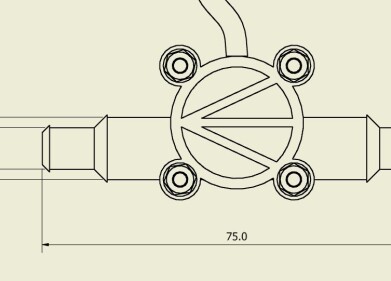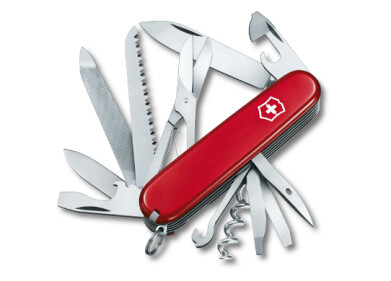Laboratory products
How is Freeze Drying Used in Pharmaceuticals?
Mar 04 2022
Freeze drying, also known as lyophilisation, is widely used across the pharmaceuticals industry. The process exposes products or specimens to temperatures below freezing, then uses a high-pressure vacuum to extract water and transform it into vapour. A condenser is used to collect vapour, where it’s converted into ice crystals and removed. After the initial freeze drying stage, the product or specimen is exposed to a gradual temperature increase to extract any 'bound' moisture.
Preserving chemical and physical properties
Unlike heat-based drying methods, freeze drying uses low temperatures and processes called sublimation and desorption to extract moisture. This doesn’t affect chemical or physical properties and preserves biological activity. For the pharmaceuticals industry, where many products and specimens are delicate, unstable and heat-sensitive, this preservation technique is ideal.
After a product has been freeze dried it’s suitable for storage and transport at room temperature for long periods of time. Adding water is all that’s needed to reconstitute the product. The capacity to stabilise products and increase the shelf life of drugs and medications makes freeze drying one of the most widely used techniques in the pharmaceutical industry.
Examples of freeze dried pharmaceuticals
Below, we take a look at some of the most common examples of freeze drying in the pharmaceuticals sector.
-
Antibiotics
Antibiotics are often highly sensitive to heat and other environmental factors. Freeze drying is used to stabilise antibiotics without compromising their physical structure or effectiveness.
-
Vaccines
Vaccines are often developed in manufactured in laboratories, then shipped around the world. Freeze drying simplifies the storage and transportation process and has a direct impact on public health across the globe. Scientists have already successfully used the technique on liposome-based liquid vaccines and are now exploring ways to freeze dry mRNA-based COVID-19 vaccines.
“Our goal is to develop a freeze drying process that can be used for mRNA-based COVID-19 vaccines to make them more stable and extend their shelf life, as well as make them easier to transport, store and use,” says Professor Seongkyu Yoon, a Chemical Engineering Professor at the University of Massachusetts Lowell.
-
Blood plasma
Freeze drying is used to remove water from blood plasma and preserve the stability of clotting proteins. Samples can then be stored at room temperature for storage and transport, then rehydrated before transfusion.
-
Protein-containing products
High temperatures can destroy proteins and as a result, makes heat-based drying unsuitable for many pharmaceutical products.
Why not simply freeze pharmaceutical products?
While fridges, freezers and dry ice chambers can be an effective way to store and transport pharmaceutical products, freeze drying offers several key advantages:
- Maintaining fridges, freezers and dry ice chambers is energy-intensive and expensive
- These types of storage and transport methods also take up a lot of space
- It can be difficult to maintain cool temperatures during transport
- Failure of fridges or freezers can destroy products
Find out more about the complex field of transporting scientific specimens and products from A to B in ‘Sample Transportation in Laboratory Explained.’
Digital Edition
Lab Asia 31.6 Dec 2024
December 2024
Chromatography Articles - Sustainable chromatography: Embracing software for greener methods Mass Spectrometry & Spectroscopy Articles - Solving industry challenges for phosphorus containi...
View all digital editions
Events
Jan 22 2025 Tokyo, Japan
Jan 22 2025 Birmingham, UK
Jan 25 2025 San Diego, CA, USA
Jan 27 2025 Dubai, UAE
Jan 29 2025 Tokyo, Japan

.jpg)

















